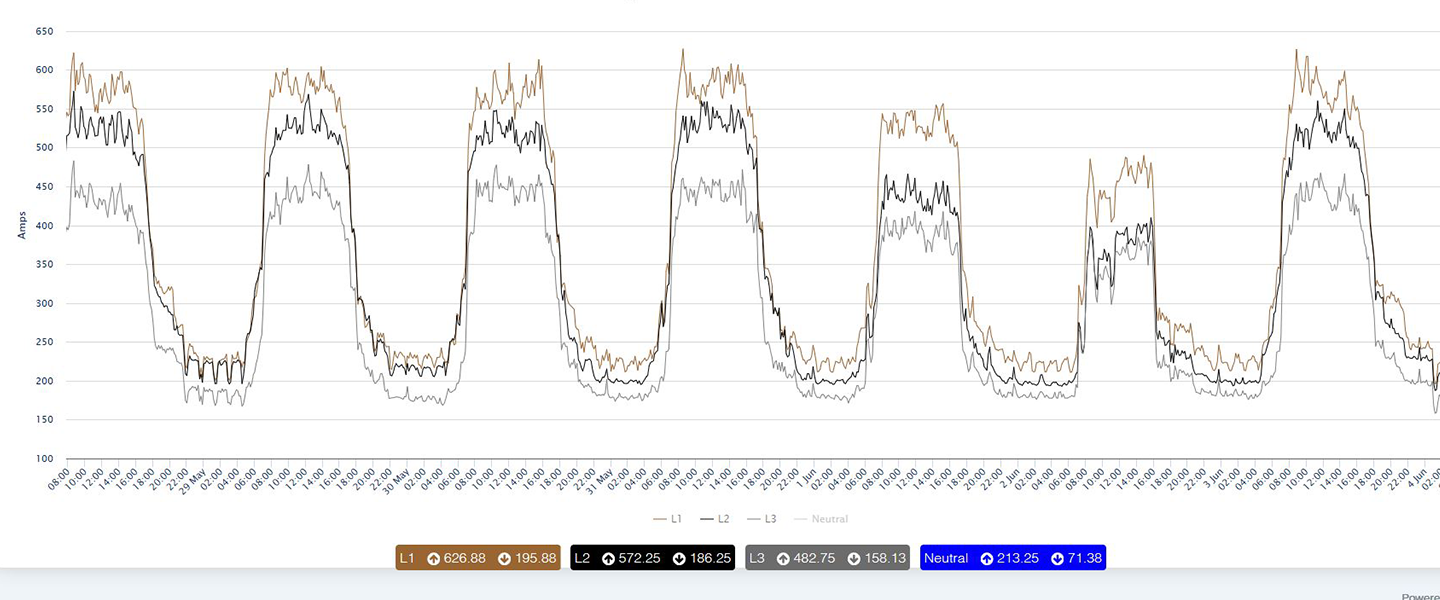Overview
There are two types of losses on the LV network – technical and non-technical (also known as commercial) losses.
Technical losses are primarily due to heat being generated by passing current through a resistive circuit and is characterised by the formula = I²R. Typically the currents are much higher at low voltage to deliver the electricity to consumers so this increases losses – studies have shown that around 2% of all the electricity generated is lost through technical losses and that 80% of this is lost in the LV section of the network.
Non-technical losses are caused by the theft of electricity and estimates range from 2% – 50% of the electricity generated, depending on the network and region.
How we can help
Whilst it is not possible to completely eliminate losses, GridKey can assist in reducing them by identifying the feeders and transformers where there is a large phase imbalance, or where there are high levels of harmonic content on the waveforms.
For non-technical losses there are two techniques that GridKey can use to identify this theft, firstly the analysis of the load profile to look for certain parameters and secondly by comparing the energy exported from the substation/feeder with the sum of the consumer meter data.
The example below shows a significant phase imbalance on the transformer incomer cable – L1 averaging 1200 A, L2 averaging 900 A and L3 averaging 250 A. This will cause excessive heating of L1 and to a lesser extent L2, resulting in avoidable technical losses both in the transformer and feeder cables.
